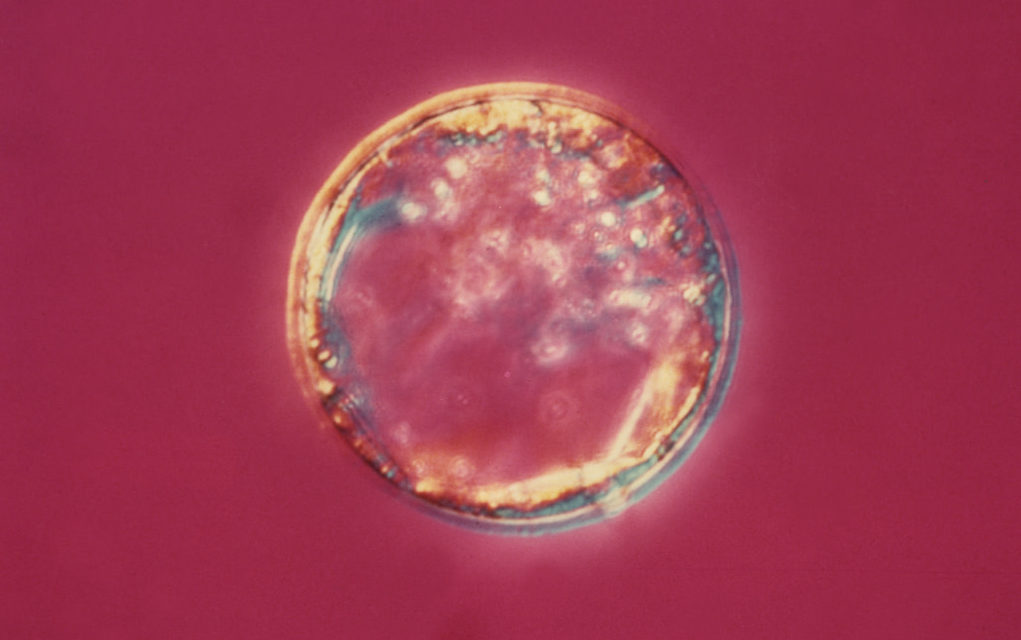Embryo transfer technique: simple but extremely relevant

In the last couples of decades, we had lots of improvements in IVF programs. Improvements in embryo culture that allowed us to get to blastocyst stage and have better embryo quality, better methods of embryo cryopreservation (i.e. vitrification), comprehensive chromosomal screening (PGS) for a better embryo selection and some others that are still waiting for some more supporting evidence to see of they work or not. However, we still need to transfer the embryo/s to the uterus. You could have a great ovarian stimulation, great embryo lab, great eggs and sperm…but if the embryo transfer is not good, the result will be negative.
Last month, Schoolcraft et al published a in the journal Fertility and Sterility, remarking the importance of this topic. Embryo transfer is not difficult but, as everything, requires the correct materials, good experience and knowledge. Which are the variables that we know that impact on success rates? Type of catheter used, the volume and type of transfer media, the use of ultrasound guidance, and some tips that doctor has to manage to make a good transfer (i.e. do it in an atraumatic way, avoiding blood and other tissues, timing, strength of pressure in the syringe, etc).
Proper placement of the catheter tip is an important variable. Leaving the embryos in mid-cavity showed to be the best option. Soft catheters are better than stiff ones. Even when embryo transfer could be more difficult using a soft catheter, we should try to use the soft ones in most cases. The use of ultrasound to guide the embryo transfer is essential. However, there are some interventions that were found to be futile. One of them is the time of resting after the embryo transfer: no difference in success rates were found in women who left the clinic immediately and those who rest some minutes on a bed. Even less useful is to tell the patients to stay in bed for the next couple of days.
There are some other tips that are more technical and are related with the type of culture media, timing for loading the embryos on the catheter and then transferring to the uterus, speed of the embryo fluid injection, etc. All issues that should be fine to get a pregnancy.
In few words, embryo transfer is simple and only takes a couple of minutes. Therefore, doing it properly means the huge difference between getting a pregnancy or not. Doctor, embryo lab and the rest of the clinic are all part of a good embryo transfer.


